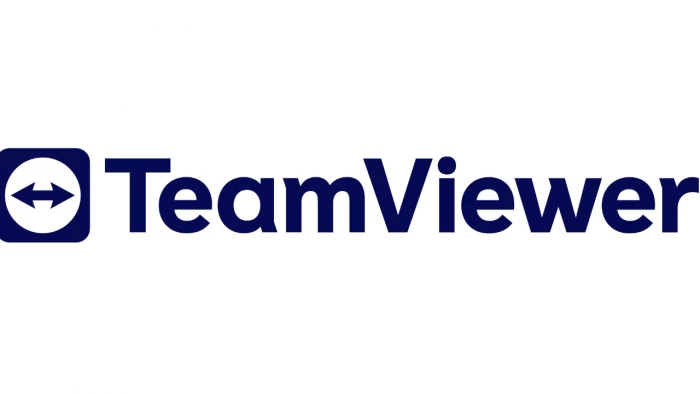TeamViewer has long been a go-to tool for remote desktop access, IT support, and online collaboration. However, many users find it either too costly, resource-heavy, or packed with features they don’t really need. Whether you’re a business looking for a more secure enterprise solution or an individual who wants a lightweight remote access tool, there are plenty of alternatives worth exploring.
In this blog, we’ll break down the best TeamViewer alternatives in 2025 that suit different use cases—from IT professionals to small businesses to personal users.
Why Look for a TeamViewer Alternative?
- Pricing: TeamViewer can be expensive, especially for businesses.
- Performance: Some users report lag or heavy resource usage.
- Features: Many prefer simpler tools without the extra functionalities.
- Security Concerns: Data privacy and secure connections are top priorities for businesses.
Best TeamViewer Alternatives in 2025
1. AnyDesk
- Best for: Fast and smooth performance
- Highlights: Lightweight, low-latency, easy file transfer, mobile apps.
- Why Choose: It’s one of the closest competitors to TeamViewer in terms of features and reliability.
2. Chrome Remote Desktop
- Best for: Free and simple use
- Highlights: Runs directly in Google Chrome, no extra software required.
- Why Choose: Perfect for personal or casual users who need quick access.
3. Zoho Assist
- Best for: IT support teams and businesses
- Highlights: Web-based, supports unattended access, offers integration with Zoho apps.
- Why Choose: Cost-effective and designed with businesses in mind.
4. Splashtop
- Best for: Enterprises and remote work
- Highlights: High performance, multi-device compatibility, and robust security.
- Why Choose: Affordable pricing compared to TeamViewer with business-focused features.
5. LogMeIn (GoTo Resolve)
- Best for: Professional IT support
- Highlights: Multi-monitor support, advanced management tools, and file sharing.
- Why Choose: Robust enterprise solution for IT administrators.
6. RustDesk
- Best for: Open-source enthusiasts
- Highlights: Free, self-hosted, secure connections.
- Why Choose: A great choice for those who value transparency and control.
7. Parallels Access
- Best for: Mobile remote access
- Highlights: “Applification” mode makes desktop apps easy to use on smartphones and tablets.
- Why Choose: Ideal for users who frequently work on the go.
8. ConnectWise Control
- Best for: Managed service providers (MSPs)
- Highlights: Advanced customization, scalable, strong security.
- Why Choose: Built specifically for IT professionals managing multiple clients.
9. Mikogo
- Best for: Web conferencing and remote collaboration
- Highlights: Screen sharing, multi-user support, and session recording.
- Why Choose: A collaboration-first alternative to TeamViewer.
10. UltraVNC
- Best for: Tech-savvy users
- Highlights: Open-source, customizable, supports file transfer and encryption.
- Why Choose: A free, customizable option for advanced users comfortable with setup.
How to Choose the Right TeamViewer Alternative
When picking a remote access tool, consider:
- Budget: Do you need free or enterprise-grade features?
- Use Case: Business IT support, personal use, or mobile work?
- Security: End-to-end encryption and compliance with standards.
- Ease of Use: Some tools require technical setup, while others work out of the box.
Final Thoughts
TeamViewer is powerful, but it’s not the only player in the remote access market. Whether you want a budget-friendly, open-source tool like RustDesk, a business-ready option like Splashtop or Zoho Assist, or just a simple free tool like Chrome Remote Desktop, there’s an alternative that fits your needs perfectly.
Choosing the right one comes down to your priorities—cost, security, and usability.

